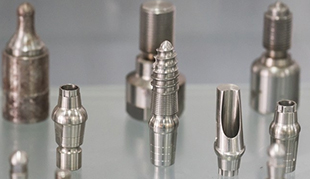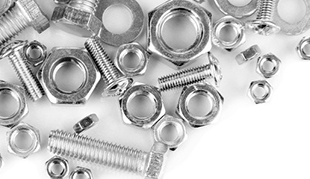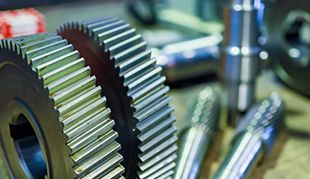The Sustainable Future of Metal Powder Injection Molding: Advancing Environmental Impact and Material Recycling
Metal Powder Injection Molding
Metal Powder Injection Molding (MIM) has emerged as a revolutionary technology, allowing the creation of intricate metal components with precision and efficiency. As industries embrace this versatile manufacturing process, concerns about its environmental impact and sustainability have become increasingly relevant. In this article, we delve into the current state of MIM, exploring its environmental footprint, material recycling initiatives, and waste disposal practices to understand how the industry is shaping a greener future.
Understanding the Environmental Impact
MIM offers numerous benefits, such as cost-effectiveness and design flexibility. However, like any industrial process, it leaves a mark on the environment. The two primary aspects that contribute to MIM's environmental impact are energy consumption and raw material usage. The energy-intensive processes involved in heating, injection molding, and sintering lead to substantial carbon emissions.
Moreover, the production of metal powders used in MIM often involves resource-intensive mining operations, further adding to its ecological footprint. To mitigate these challenges, the industry has shifted its focus towards sustainable practices, aiming to balance growth with environmental responsibility.
Material Recycling Initiatives
One significant step towards sustainability in MIM is the implementation of material recycling initiatives. The recycling of metal powders allows for reduced waste generation and lowers the demand for fresh raw materials. Manufacturers are exploring various methods to efficiently collect, clean, and reuse metal powders from the debinding and sintering processes.
Recycling not only contributes to a more circular economy but also reduces the energy and resource consumption associated with producing new metal powders. As the recycling infrastructure improves, MIM's overall environmental impact decreases, making it a more attractive choice for eco-conscious industries.

Advancements in Waste Disposal
Addressing waste disposal is another critical aspect of promoting sustainability in MIM. During the injection molding process, some waste is inevitable, including excess metal powder, support structures, and scrap parts. The responsible management of this waste is crucial to minimize its impact on the environment.
Innovative waste management techniques, such as implementing closed-loop systems, are being developed to reclaim and recycle waste effectively. Additionally, collaboration with waste disposal experts ensures that hazardous by-products are treated safely and in an environmentally friendly manner.
Environmental Certifications and Regulations
To encourage sustainable practices and responsible manufacturing, many MIM companies seek environmental certifications such as ISO 14001. These certifications serve as a testament to a company's commitment to minimizing its environmental impact, ensuring compliance with stringent environmental regulations.
By adhering to these standards, MIM manufacturers demonstrate their dedication to sustainability and are more likely to attract environmentally conscious customers. The industry, as a whole, benefits from the collective effort to reduce its environmental footprint.
Investing in Research and Innovation
As the world increasingly focuses on environmental challenges, the MIM industry is investing in research and innovation to enhance sustainability further. R&D efforts are directed towards developing new, eco-friendly binders, efficient debinding processes, and low-carbon sintering methods.
Collaboration between academia, industry, and governmental bodies drives these advancements, fostering an environment where sustainable MIM practices can flourish. With every breakthrough, the environmental impact of MIM diminishes, aligning it with the broader goals of creating a greener future.
Metal Powder Injection Molding has established itself as a game-changer in the manufacturing landscape, but it must rise to the challenge of sustainability and environmental responsibility. Embracing material recycling, refining waste disposal practices, and investing in research are crucial steps in reducing MIM's ecological footprint.
As stakeholders in this industry embrace sustainable practices and prioritize environmental impact, MIM has the potential to be a driving force behind the creation of a more sustainable and eco-friendly manufacturing future. By working together, manufacturers, consumers, and regulators can build a more responsible and greener MIM industry for generations to come.






